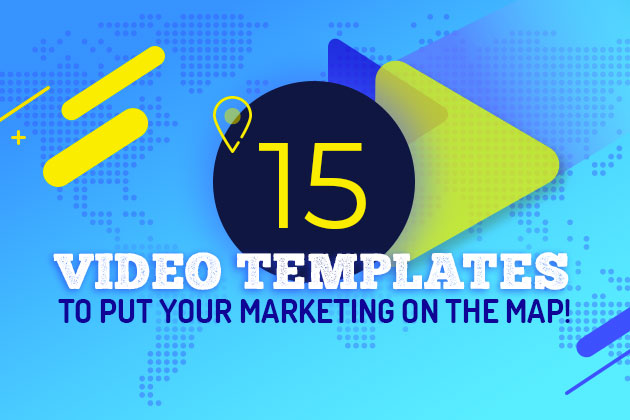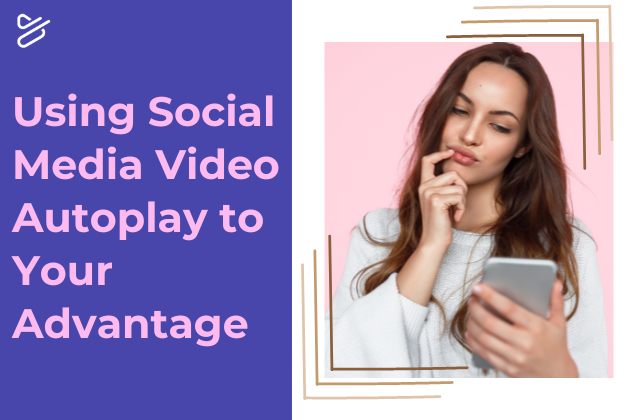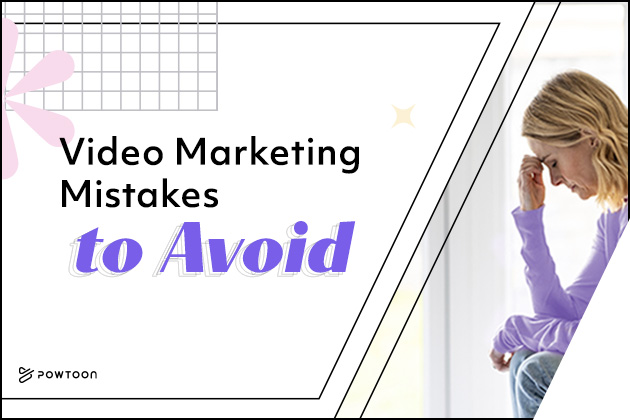
How to Decide What Type of Content to Post on Social Media
Effective social media marketing doesn’t just involve routinely posting content. To take full advantage of social media, you need to post the right types of content.
Are you unsure of how to decide what type of content to post on social media? Keep reading if so. The following guide explains how identifying your goals can help you make strategic social content decisions.
Understanding Your Goals
Different types of social content can help you achieve different measurable goals. For example, content that enables you to grow your audience might not be as helpful if your goal is to sell a product or nurture a lead.
This is one of many reasons you should always determine your specific goals as a marketer. As these examples illustrate, doing so will make deciding what type of content to post on social media much more straightforward.
Content for Increasing Audience
Types of content that may help you increase your audience on social media include:
- Infographics, which are relatively easy to generate and can share valuable information with users in a visually-appealing way
- Video, as more than half of all surveyed marketers believe video to be the most effective form of content for achieving all major social media marketing goals
- Content that users have generated themselves (such as videos or images showing how they use your products)
It’s also wise to take advantage of viral trends whenever possible. For example, maybe you’re aware of a trending TikTok challenge that’s relevant to your industry in some capacity. Creating a video in which you or your company’s employees participate in could be a simple but effective way to reach a larger audience.
Creating content that focuses directly on an audience is also wise. For example, one out of every five Facebook videos is a live video. With a live video, you could answer audience questions directly, catering to your existing audience while also potentially growing it.
Content for Selling a Product
Content that helps you sell a product must demonstrate to a lead why a particular product or service is worth their money. Video is often an effective form of content for this purpose, as no other form of content can show a product in action as clearly.
Try to incorporate a degree of storytelling into your content to make it more persuasive. For example, with a video, you could tell a story of someone facing the same type of problem your target customer faces. You could then give the story a “happy ending” by showing how your product solves this problem.
(Video content tip: You don’t have to rely exclusively on live-action video content. Animated video content is often ideal for storytelling.)
Another way to ensure your content shows why a customer needs your products and services is to simply include testimonials and reviews. If a potential lead knows past customers have been happy with your product, they may be more inclined to purchase it themselves.
Again, you can also post user-generated content on social media when selling a product. For instance, maybe you’re selling a line of kitchen tools. Regularly sharing pictures of meals your customers have created using your products may boost customer loyalty and demonstrate the value your products offer.
Content for Branding
Your brand is your business’ identity. It conveys your business’ values and unique “personality.”
A brand consists of various elements. They include:
- Logos
- Color schemes
- The “tone” of your content
- The vocabulary and language you use in your content
- Your story
Content that allows you to establish your brand may be dynamic, featuring images, music, spoken words, written text, etc. What’s important is to ensure your branded content remains consistent.
For example, maybe your brand is youthful and energetic. If so, a blog post expressing your brand’s values should have a “voice” that uses slang and enthusiastic language to embody these qualities. A video should do the same, translating the voice of the blog post into visuals with bright colors, youth-centric dialogue, etc.
Content for Conversions
Content that drives conversions needs to capture the attention of your audience and retain it. Because video content has been shown to drive high levels of online engagement, it may be useful in this regard.
Content that boosts conversions also needs to include strong calls to action. CTA tips to keep in mind include:
- Emphasize clarity and specificity so leads thoroughly understand what they will accomplish by taking the action you’re encouraging them to take
- Ensure audience members know precisely how to take the desired action
- A/B test different CTAs to determine which are most effective
- Ensure that taking the desired action involves as few steps as possible
Most importantly, your CTA needs to make it clear that you’re offering something of real value to your customers. No matter how strong your content is, someone may not take a desired action if you don’t give them a good reason to.
Content for Lead Generation
The purpose of lead generation content is not only to capture the attention of potential leads but to nurture and cultivate their relationship with your brand so that leads eventually become customers.
Examples of strong social media content for lead generation include:
- Videos, infographics, and other types of visual, attention-grabbing content that provide value to potential leads and direct them to sign up for your mailing list
- Video series
- Educational articles promoting a podcast, video series, or other forms of long-term nurturing content
It’s often important for lead generation social media content to include a strong CTA. This is because to nurture a lead’s relationship and guide them along the customer journey, your content may need to convince them to subscribe to a mailing list, watch the rest of the videos in a series, download an eBook, etc.
Tailoring Content to Your Goals
Hopefully, this overview on how to decide what type of content to post on social media has helped you better understand the importance of setting goals when developing your content strategy. Once you know what your goals are, brainstorm what types of social content you can generate to achieve those goals and experiment accordingly.
That’s key. Experimentation plays a critical role in a social media marketer’s success. By testing different types of content and monitoring its performance, over time, you’ll learn how to optimize your return on investment.
Powtoon Makes Creating Social Video Content Easy
You may have ideas for video content to post on social media. You might also worry you lack the experience and budget necessary to generate this content.
That’s where Powtoon comes in. Designed for both professionals and beginners, Powtoon’s online video maker can help you create impressive video content regardless of your experience level and budget. Sign up today to learn more about what Powtoon can do for you!
Latest posts by Hanna Abitbul (see all)
- How to create an AI avatar - September 25, 2024
- How to Set Realistic Business Goals for 2025 - September 24, 2024
- Best AI script writers in 2024 - June 28, 2024
- How to write a script with AI - June 27, 2024







